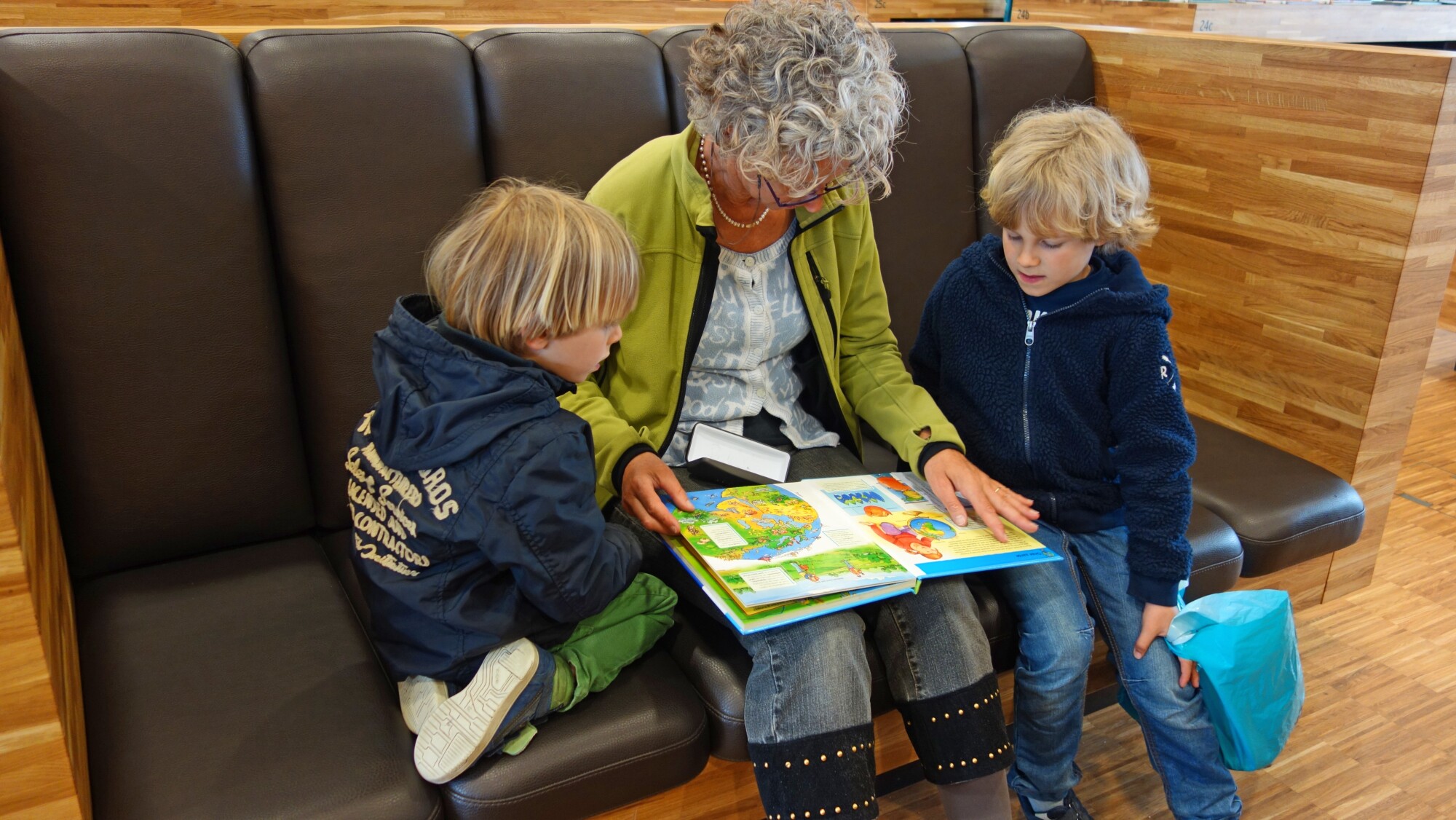As children develop, it’s important to observe how they grow and change. Doing so ensures they are hitting milestones in speech, behavior, movement, playing, and learning that indicate normal health and cognitive function.
All parents and caregivers can do their part if they know the stages of child development and what to expect at each. This post will act as a brief checklist and help you monitor your little ones from the moment they are born.
Newborn (Birth to First Month)
Babies are considered newborns during their first month of life. At this stage, they can:
- See close-up objects
- Smile
- Cry
- Move their head
- Recognize some smells
Newborns also respond to stimuli, such as touch. If you place your finger in a newborn’s hand, they will grab it. Thus, physical contact is essential for bonding at this stage.
Infant (One to Twelve Months)
Infants grow quickly and are constantly reaching milestones. It’s essential to speak to your baby a lot since this will help them develop their communicative skills. Here are some milestones to expect before the third month.
- Show interest in faces
- Smile at people
- Coo and make sounds
- Lift head briefly
- Develop distinct cries for needs
As your baby gets older, they will start to recognize you and those they frequently see. They will also respond to affection and enjoy playing with others. Try to play with your infant every day and give them plenty of love.
Before your baby is nine months old, they will likely respond to their name and sit up with some help. They sound also say vowel sounds and some consonants.
As they near their first birthday, your child should be crawling and pulling themselves up. They should also know what “no” means, point, and display preferences toward certain objects or people.
You’ll notice your infant reaching milestones more rapidly at this point, and soon they should be able to point to named objects, such as animals or body parts. They should also say several words, wave, and stand up on their own before turning 18 months old.
Toddler (One to Three Years)
Toddlers are in constant motion. They can walk without help, climb stairs, and jump. Child education for toddlers includes learning to hold crayons to color, draw shapes, and stack blocks. Help them learn to follow simple instructions through child educational games.
You can also consider hiring an in home ABA to work with your toddler since they are experts in child development.
Preschool (Three to Five Years)
Preschool-aged children are constantly improving their motor skills. Make sure to practice the following skills with them:
- Throwing a ball
- Standing on one foot
- Skipping and hopping
- Drawing
- Buttoning or zipping their coat
You can help them improve these skills through outdoor play, sports, and drawing.
School Age (Six to Twelve Years)
When children start attending elementary school, they are more independent and confident. They are capable of friendships and care about their peers.
You can start to entrust your children with certain responsibilities, such as brushing their teeth without help. You may also wish to encourage child enrichment by exposing them to new hobbies and skills, like playing an instrument or learning a foreign language.
Help Your Children During All Stages of Child Development
Learning the different stages of child development can help you keep an eye out for signs of developmental delays and learning disabilities. If you have concerns, speak to your child’s pediatrician.
Would you like more advice on how to teach your child? If so check out more of our parenting articles!




